The Vans Guide to BMX
2025-10-22
BMX is about more than bikes. It’s about style. Freedom. Just you and your bike figuring things out together. Whether you’re thinking about picking up a bike, getting some cool BMX gear or just curious about where all this started, this guide is for you.
What is BMX riding?
Let’s clear up the basics first. What is BMX or what does BMX stand for? The answer: BMX stands for bicycle motocross. It began in the late 1960s and early ’70s when kids in California wanted to copy their favourite motocross riders, but on pedal bikes.
So, then what exactly is BMX riding? It’s all about fast sprints, dirt tracks, tight turns and tricks in the air. It started with racing on dirt, but has quickly grown into more. Now, BMXing includes freestyle, street riding, park sessions, flatland and even vert ramps. Each has its own style, but the heart is the same.
When you think of BMX, think riding small, tough bikes in a way that mixes racing, tricks and personal style.
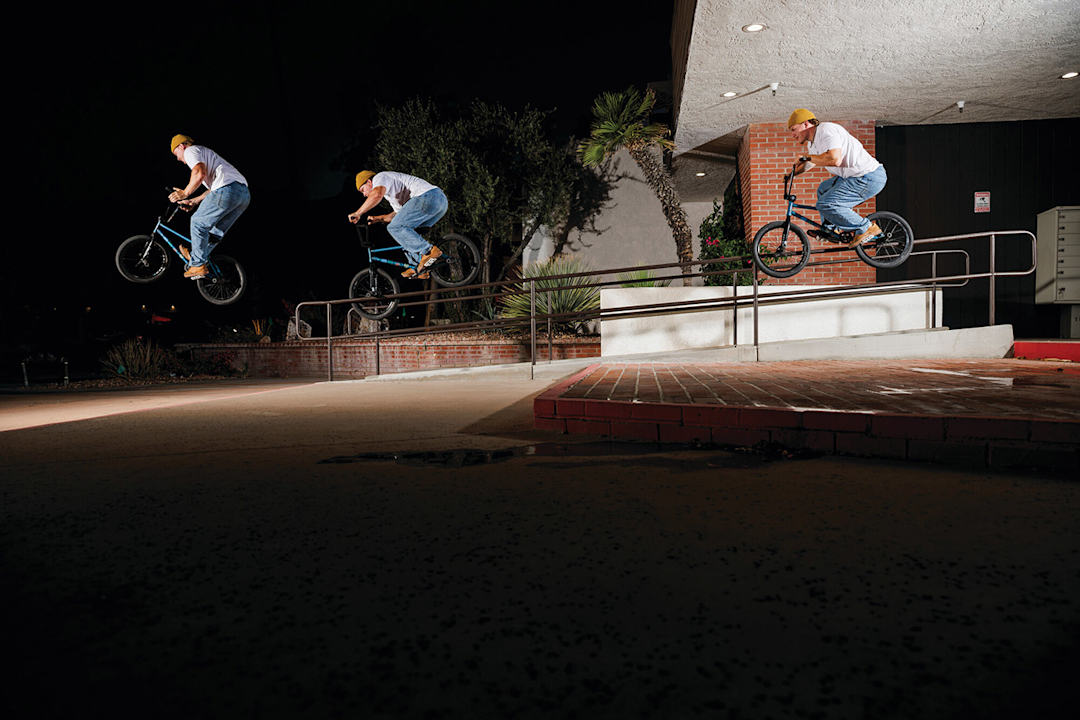
What is a BMX bike?
So what actually makes a BMX bike different? A BMX is not just a smaller version of a regular bike. It’s a bike that’s built for abuse, control, and style. Here’s what to know:
- Frame: Compact, lightweight, but super strong. It’s usually made from steel.
- Wheels: These are pretty much always 20-inch, unless you’re talking about mini-BMX or cruiser BMX. And how many wheels does a standard BMX have? Easy—two. (Unless you’re on a kids’ BMX with trainer wheels.)
- Tires: Thicker, grippier. They’re made for dirt, concrete, or ramps, depending on your style.
- Gearing: Simple. One gear. BMX is about bursts of speed, not long rides.
- Brakes: Some BMX bikes skip front brakes entirely. Many freestyle riders even ride brakeless. Most beginners start with rear brakes only.
If you’re just starting out in the world of BMX, one of the most common questions is: What size BMX bike do I need? The short answer: it depends on your height and how you ride as well. Most teens and adults ride 20-inch wheels. If you’re shorter or younger, you might start on an 18-inch. The frame length (called the top tube) also matters. Taller riders usually feel better with a longer frame.
So a BMX bike is generally small, but that’s the point. It’s nimble. It spins easily. It’s made to take hits and keep on going.
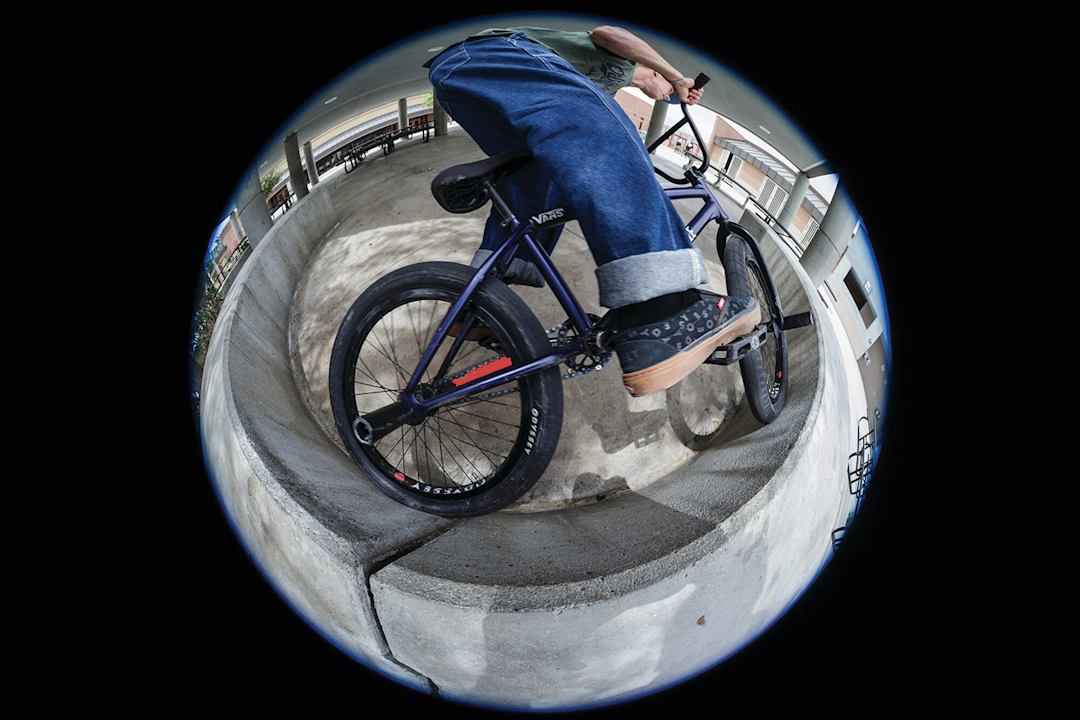
How to get into the BMX world
So you’re ready to roll. But where do you begin? Here’s a quick step-by-step guide to get you started.
Step 1: Pick your bike
Firstly, get a bike that works for you. For most, a 20-inch is the standard, but you might go for an 18-inch if you’re younger or shorter. If you’re into racing, go for a lightweight race frame. If freestyle is your thing, choose something sturdier.
Step 2: Gear up
Helmet first, always. But gloves, knee pads, and shin guards and the right shoes will also soon become your very best friends when you’re out there. After all, BMX can be rough, so stay protected.
Step 3: Find your spot to ride
Empty parking lots, basketball courts, or a local skatepark are all good places to start off. If racing is calling you, find a BMX track nearby. BMX originated in California, where kids built dirt tracks in fields to mimic motocross. You can still feel that DIY vibe when you ride a BMX track today.
Step 4: Learn the basics
Before you get onto tricks, master control. Learn to bunny hop. Practice manuals (that’s a wheelie without pedalling). These are the foundations for most BMX moves. Get used to your bike feeling like it’s a part of you.
Step 5: Progress naturally
Don’t chase those awesome pro-level tricks too fast. Learn at your own pace. Get the basics down, then move to spins, grinds and flips when you’re ready.
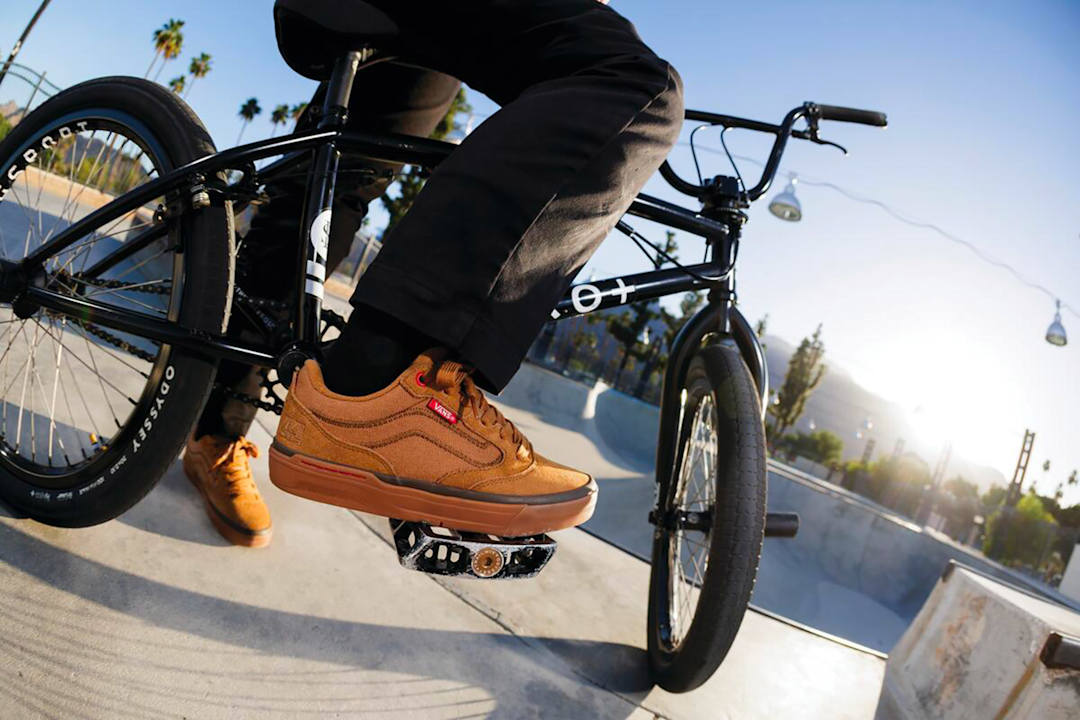
BMX culture and style
You can’t talk about BMX without talking about culture. BMX isn’t just a sport—it’s a community. It’s a sense of belonging. Vans has been part of that since the early days, sponsoring riders, supporting contests, and backing the scene.
BMX is about keeping at something until you get it right. After all, you’ll fall. A lot. But each misstep brings you that much closer to landing the trick. It’s about self-expression, too. There are no uniforms here. Your bike, your style, your ride.
Most of all, BMX is freedom. Once you start, you’ll never see ledges, rails and streets the same way again. The world becomes one big playground. So grab your bike, lace up your Vans and ride.
Related Content
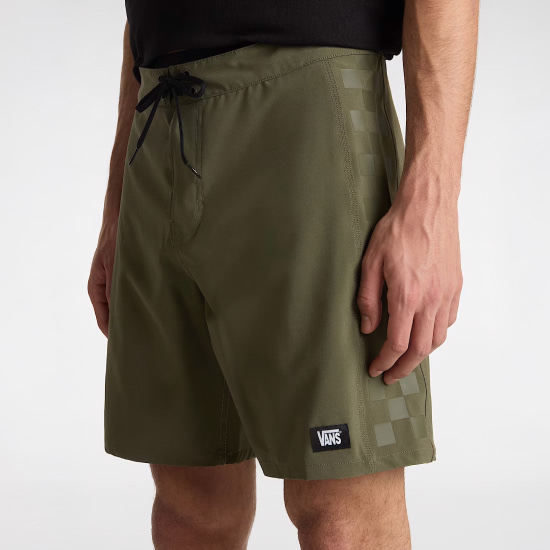
Blog
What is the difference between shorts & boardshorts?
2025-07-29
We’ve got a ton of awesome pro tips on how to land an ollie on your board. Plus, if you’re already down with this neat trick, grab some advice on how to ollie even higher.
Read more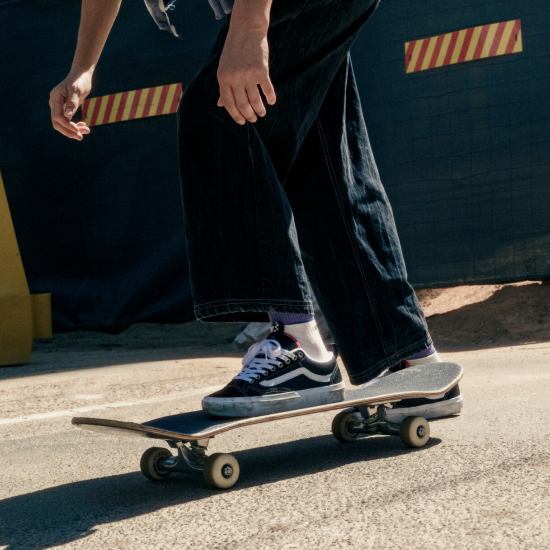
Blog
Stomping it! How to Ollie
2025-07-29
We’ve got a ton of awesome pro tips on how to land an ollie on your board. Plus, if you’re already down with this neat trick, grab some advice on how to ollie even higher.
Read more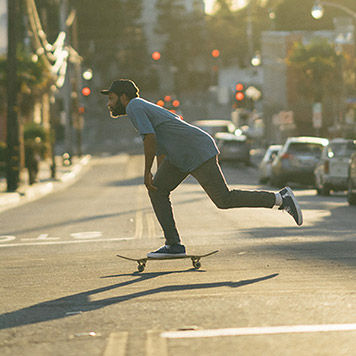
Blog
Why Do Skaters Wear Vans?
2025-03-13
Vans' rugged construction and unique soles made them popular from the earliest days of skateboarding. The ideal combination of grip, comfort and durability gives skaters control and confidence without
Read more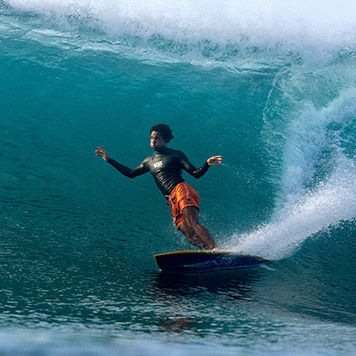
Blog
Tackle Like Off The Wall With Vans Action Sports
2025-03-03
If you’re an athlete that does it all, you need gear that can keep up with every trick up your sleeve. With the right action sports footwear, you can tackle anything and everything life has in store.
Read more